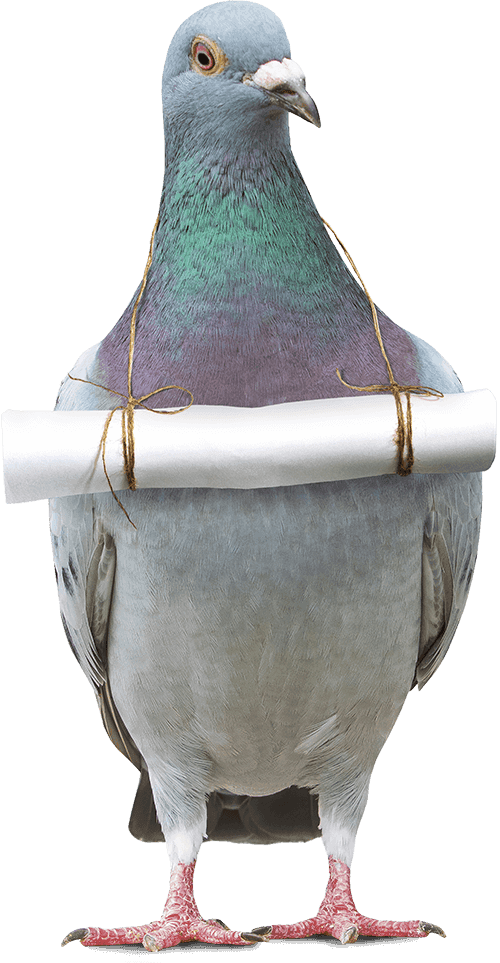Philippine crocodile
(Crocodylus mindorensis)

Description
The Philippine crocodile (Crocodylus mindorensis), also known as the Mindoro crocodile, the Philippine freshwater crocodile, the bukarot in Ilocano, and more generally as a buwaya in most Filipino lowland cultures, is one of two species of crocodiles found in the Philippines; the other is the larger saltwater crocodile (Crocodylus porosus). The Philippine crocodile, the species endemic only to the country, went from data deficient to critically endangered in 2008 from exploitation and unsustainable fishing methods, such as dynamite fishing. Conservation methods are being taken by the Dutch/Filipino Mabuwaya foundation, the Crocodile Conservation Society and the Zoological Institute of HerpaWorld in Mindoro island. It is strictly prohibited to kill a crocodile in the country, and it is punishable by law. The genus Crocodylus likely originated in Africa and radiated outwards towards Southeast Asia and the Americas, although an Australia/Asia origin has also been considered. Phylogenetic evidence supports Crocodylus diverging from its closest recent relative, the extinct Voay of Madagascar, around 25 million years ago, near the Oligocene/Miocene boundary. The Philippine crocodile has been extirpated in Samar, Jolo, Negros, Masbate, and Busuanga. Populations still survive in the Northern Sierra Madre Natural Park within the Luzon rainforest, San Mariano, Isabela, Dalupiri island in the Babuyan Islands, Abra (province) in Luzon and the Ligawasan Marsh, Lake Sebu in South Cotabato, Pulangi River in Bukidnon, Paghungawan Marsh in Siargao Island, and possibly in the Agusan Marsh Wildlife Sanctuary in Mindanao. The Philippine crocodile wildlife populations that reside in these locations live geographically isolated from each other, which ultimately impacts their population level differentiation and decreases genetic diversity. It was historically found in parts of Visayas and until the numbers were drastically cut by, mainly, habitat destruction. These Crocodiles eat ailing fish in a significantly higher proportion than healthy fish, thus improving the common health of the fish stock. By preying on the most common fish, they balance the fish population; any species which suddenly becomes dominant is put back in its proper proportion. Crocodile droppings are nutritious for the fish and contain critically important chemicals.
Taxonomic tree:







